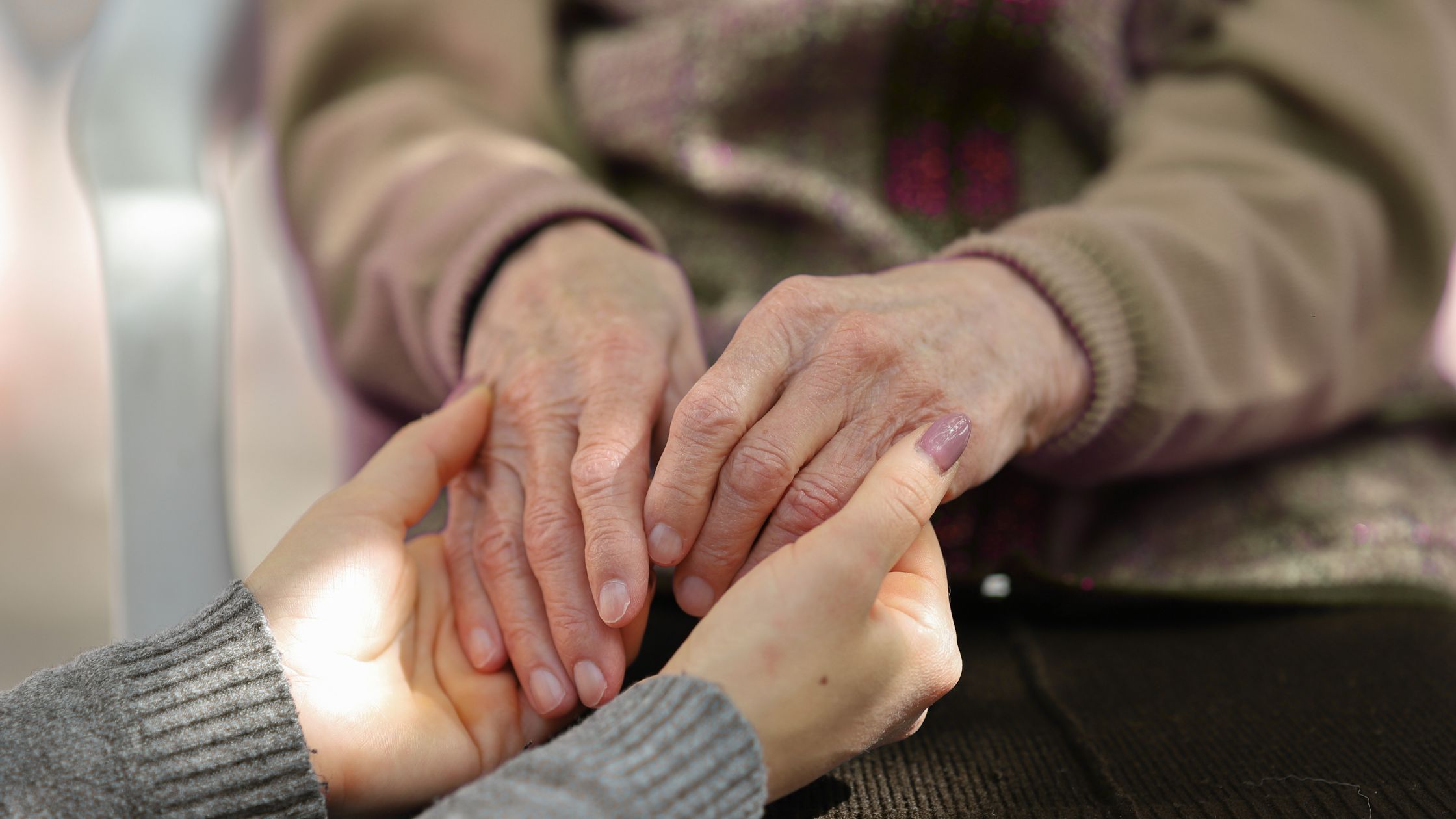Bedsores, or pressure ulcers, are a persistent concern for individuals with limited mobility. In our last blog, we explored the causes, prevention, and treatment of bedsores. This update dives deeper, providing more detailed advice and data to help caregivers take proactive steps.
Understanding the Risks
Bedsores develop when continuous pressure restricts blood flow to the skin, particularly over bony areas like the hips and heels. Data from the CDC highlights that residents aged 64 years and under are more likely to have pressure ulcers than older residents. In 2004, 11% of nursing home residents had pressure ulcers, with stage 2 being the most common. Alarmingly, only 35% of residents with stage 2 or more severe pressure ulcers received specialized wound care services.
Levels of Bedsores: How to Recognize and Respond
Bedsores progress through four stages, each requiring a different approach:
- Stage 1: Skin is red or discolored but intact. It may feel warmer or cooler than surrounding areas.
- Action: Relieve pressure and keep the area clean and dry.
- Stage 2: Partial-thickness skin loss with an open wound or blister.
- Action: Apply specialized dressings and monitor closely.
- Stage 3: Full-thickness skin loss with visible fat. The wound may appear crater-like.
- Action: Seek medical advice for debridement and advanced wound care.
- Stage 4: Full-thickness loss with exposed muscle or bone. High risk of infection.
- Action: Immediate professional intervention is critical.
Understanding these stages helps caregivers provide timely and effective care.
Best Practices for Prevention
- Relieve Pressure
- Reposition every 1-2 hours to minimize pressure on vulnerable areas.
- Use pressure-relief cushions or mattresses to distribute weight.
- Maintain Skin Health
- Keep the skin clean and dry.
- Inspect daily for early warning signs like redness or tenderness.
- Prioritize Nutrition
- Ensure a diet rich in protein, vitamins, and minerals to support healing.
- Stay hydrated to maintain skin elasticity.
A Success Story: Healing Through Teamwork
At Equinoxe, we once worked with a client who suffered from advanced stage 3 pressure ulcers due to prolonged immobility. Our caregivers collaborated with healthcare professionals to develop a comprehensive care plan. Daily repositioning, proper wound care, and a protein-rich diet led to significant healing within months. The client regained their comfort and mobility, a testament to the power of teamwork and proactive care.
Advanced Monitoring and Tailored Care
Monitoring systems and personalized care plans are crucial for preventing and managing bedsores. At Equinoxe, we integrate technology with tailored caregiver support to ensure early detection and prompt intervention.
Conclusion
Bedsores are preventable with vigilance, proper care, and collaboration. By understanding the stages, taking preventive measures, and leveraging professional support, caregivers can significantly reduce risks and improve outcomes. At Equinoxe LifeCare, we’re committed to providing the highest standard of care to keep your loved ones safe and comfortable.
